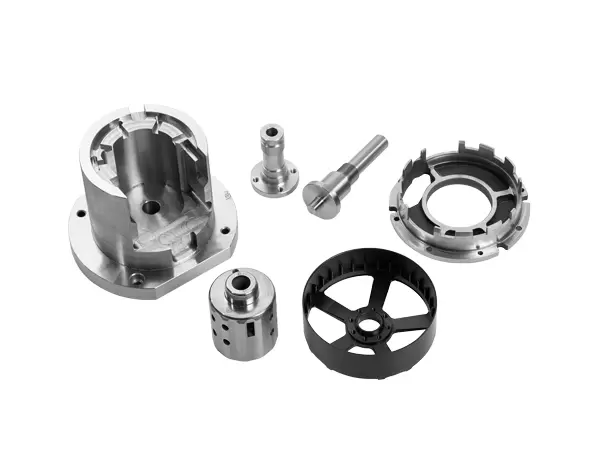Are you curious about the inner workings of an electric heating glass-lined reactor? Well, you've come to the right place! In this blog post, we'll take a deep dive into how these incredible pieces of equipment operate and discuss their many advantages. Electric heating glass-lined reactors are revolutionizing various industries with their efficient and reliable performance. So, grab a cup of coffee and get ready to explore the fascinating world of electric heating glass-lined reactors!
What is electric heating glass-lined reactor?
Electric heating glass-lined reactor is a type of equipment that plays a crucial role in various industries. It combines the benefits of electric heating and glass lining to provide an efficient and reliable solution for chemical processes.
The electric heating element is embedded within the glass lining, which acts as a protective barrier against corrosive materials. This unique design allows for precise temperature control and uniform heat distribution throughout the reactor.
One of the key advantages of an electric heating glass-lined reactor is its versatility. It can be used for various applications such as mixing, blending, crystallization, and distillation. The robust construction ensures durability even when handling highly reactive substances or operating at high pressures.
Furthermore, this type of reactor offers excellent thermal insulation properties, minimizing heat loss during operation. This not only enhances energy efficiency but also reduces operational costs in the long run.
In addition to its functional benefits, electric heating glass-lined reactors are also easy to clean and maintain. The smooth surface provided by the glass lining prevents contamination and simplifies cleaning procedures.
Electric heating glass-lined reactors are essential tools in industries where precise temperature control, corrosion resistance, and durability are paramount. Their innovative design makes them suitable for a wide range of applications while ensuring safety and efficiency in chemical processes
How does electric heating glass-lined reactor work?
Electric heating glass-lined reactors are widely used in various industries for their efficient and reliable operation. But how exactly does this type of reactor work? Let's delve into the details.
The electric heating glass-lined reactor consists of a vessel made from high-quality borosilicate glass lined with a layer of enamel. This lining provides excellent resistance to corrosion, making it suitable for handling corrosive materials.
Inside the reactor, there is an electrical heating system that helps maintain and control the desired temperature. The heating elements, typically located at the bottom or sides of the vessel, generate heat through electrical resistance when current passes through them.
To regulate the temperature, a thermostat is connected to these heating elements. It monitors and adjusts the power supply to maintain a consistent temperature within the reactor. This precise temperature control ensures optimal reaction conditions and improves product quality.
Additionally, electric heating allows for fast and uniform heat distribution throughout the reactor vessel. The even distribution prevents local hotspots and minimizes thermal stress on both the glass lining and contents inside.
Electric heating glass-lined reactors offer several advantages such as easy maintenance, efficient energy utilization, accurate temperature control, reduced production time, and enhanced product quality. These features make them indispensable in industries such as pharmaceuticals, chemicals, food processing, and more.
In conclusion,
electric heating glass-lined reactors operate by utilizing an electrical heating system that maintains precise temperatures inside a borosilicate-glass vessel lined with enamel. Their ability to provide uniform heat distribution along with other benefits makes them an ideal choice for various industrial applications.
What is electric heating glass-lined reactor?
Jacky Lin
sales@royalpharm-equipment.com




